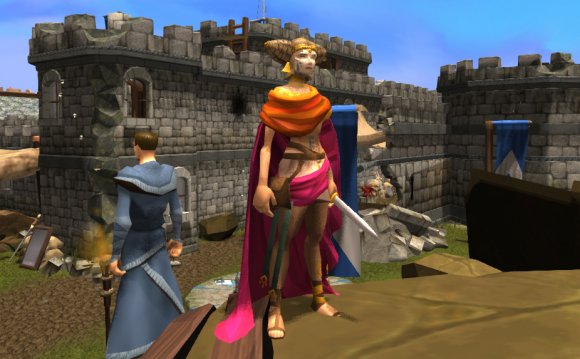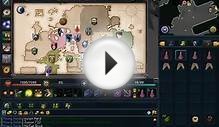
Supply and demand interact to reach an equilibrium point where the quantity and price have no tendency to change.
Changes to equilibrium
An increase in supply (shift of the supply curve to the right) will cause the equilibrium quantity to increase and the price to fall. This may occur due to a Double Fishing XP week which will increase the number of fishermen, increasing output and hence supply to the market. Conversely, a decrease in supply (shift of the supply curve to the left) will cause the equilibrium quantity to decrease and the price to rise. This may occur if fishermen change from fishing for shrimp to anchovies.
An increase in demand (shift of the demand curve to the right) will cause the equilibrium quantity to increase and the price to rise. This may occur if Jagex change shrimp so that they heal more LP per bite. Conversely, a decrease in demand (shift of the demand curve to the left) will cause the equilibrium quantity to decrease and the price to fall. This may occur if the healing power of shrimp are reduced, causing shrimp to be less appealing to players.
In the case of rare items, such as partyhats, there is no new supply entering the market, thus demand of the item is the factor which drives the price (although supply will steadily decrease due to partyhats being lost through characters quitting, deaths, etc., also gradually increasing price over time). As no new partyhats can enter the market, the supply is perfectly unresponsive to price changes and the quantity of partyhats on the market cannot increase. Thus, the movement of the supply curve can largely be ignored.
Merchants
Merchants buy items from players to attempt to make a profit by selling the items to other players at a higher price. Buying items from shops and selling them to players for a higher price that was paid is also sometimes considered merchanting.
RELATED VIDEO















